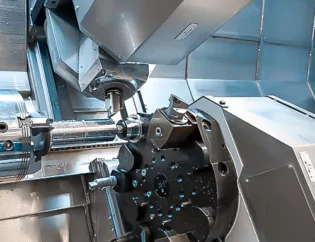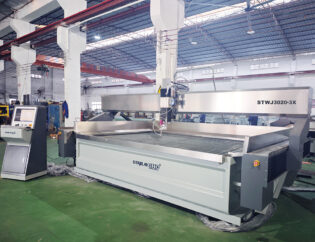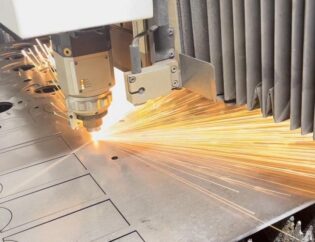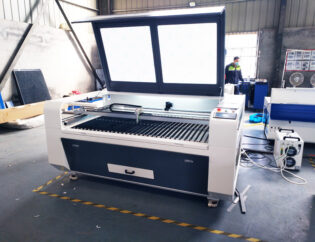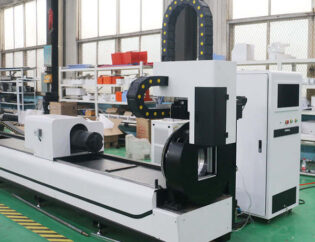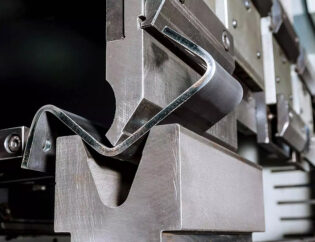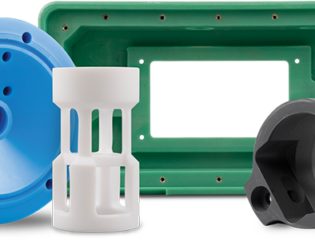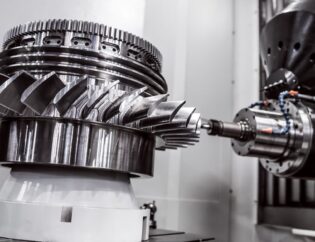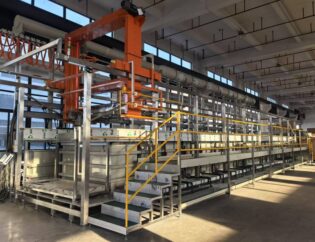Machining is a fundamental process in manufacturing that transforms raw materials into precise components. Understanding machining techniques is crucial for engineers, designers, and manufacturers alike, as it directly impacts product quality, efficiency, and cost-effectiveness. This guide will delve into the various machining methods, tools, and technologies that shape the industry.
Readers can expect to learn about the principles of machining, including cutting processes, tool selection, and material considerations. We will explore both traditional and advanced machining techniques, highlighting their applications and advantages. By the end of this guide, you will have a comprehensive understanding of machining and its significance in modern manufacturing.
A Comprehensive Guide to Machining: Definition, Types, and Technical Features
Understanding ‘What is Machining?’ is important for manufacturers in every sector. Machining processes are the foundation of modern manufacturing industries and can shape metals and other materials into a finished product for consumer use. Machining tools also work on raw material processing for secondary industries.
What is Machining?
Machining is a manufacturing process where the desired shape is created by removing material from a larger piece. It is used for making finished products and for raw material processing. Machining processes are also known as subtractive manufacturing processes. Complex parts often require the use of multiple machining processes in conjunction with each other.
Technical Features of Machining
Machining processes are characterized by several technical features that enhance their effectiveness. Below is a comparison table highlighting these features:
| Feature | Description |
|---|---|
| Precision | Machining offers high precision, often within tolerances of +/- 0.001 inches. |
| Material Variety | Capable of machining various materials including metals, plastics, and wood. |
| Surface Finish | Produces smooth surface finishes, often enhanced by secondary processes. |
| Automation | Many machining processes are automated, especially with CNC technology. |
| Production Rate | High-speed processes suitable for mass production. |
| Flexibility | Can adapt to different designs and specifications easily. |
Different Types of Machining Operations
The vast applications of the machining process have led to the emergence of many types of machining processes and operations. Below is a comparison table of the most prominent machining types:
| Type | Description | Applications |
|---|---|---|
| Milling | Uses rotary cutting tools to remove material. | Manufacturing gears, grooves, and slots. |
| Boring | Expands existing holes for precision. | Creating hollow shapes like engine shafts. |
| Broaching | Uses a toothed cutting tool for material removal. | Making gears and splines. |
| Drilling | Creates holes in materials. | Making screw holes and secondary assembly. |
| Grinding | Uses abrasive wheels to improve surface finish. | Secondary machining to remove burrs. |
| Turning | Removes material from a rotating workpiece. | Making cylindrical parts like engine components. |
| Reaming | Enlarges previously drilled holes for precision. | Creating round holes with a good finish. |
| Planing | Machines flat surfaces by moving the workpiece against a stationary tool. | Making slots and grooves. |
| Sawing | Cuts materials using toothed blades. | Processing raw materials in woodworking. |
| Water Jet Cutting | Uses high-pressure water streams to cut materials. | Cutting metals, glass, and food products. |
| Laser Cutting | Melts material using focused light beams. | High-precision cuts in various materials. |
| Plasma Cutting | Uses ionized gas to remove material. | Works on electrically conductive materials. |
| Oxy-fuel Cutting | Uses a flame to melt materials. | Portable cutting for various applications. |
Advantages of Machining
Machining techniques offer several advantages over other manufacturing methods. These include:
– Unlimited Materials: Machining can work on all types of materials, unlike additive manufacturing techniques.
– Surface Finish: Produces smooth surfaces, with further enhancements possible through grinding.
– Precision: CNC machining achieves low tolerances, making it ideal for precision parts.
– Production Rate: High-speed processes meet mass production demands effectively.
– Consistency: Produces identical parts, ensuring quality and reliability.
Limitations of Machining
Despite its advantages, machining has certain limitations:
– Workable Sides: Some sides of the workpiece may remain unmachined, requiring repositioning.
– Operator Skill: The quality of machining is dependent on the operator’s skill level.
– Initial Investment: High-quality machining equipment can require significant initial capital.
– Material Wastage: Machining often results in high material wastage.
– Time Consumption: Some processes can be slower compared to alternatives like 3D printing.
Conclusion
Modern manufacturing is incomplete without machining processes. Machine shops use different types of processes in tandem to create parts. Every project uses machining in multiple stages, from R&D to prototyping to mass production. If you are looking for manufacturing methods for your next project, machining techniques can be a great fit for you.
FAQs
1. What is the primary purpose of machining?
Machining is primarily used to shape materials by removing excess material to create finished products.
2. What materials can be machined?
Machining can work on a variety of materials, including metals, plastics, and wood.
3. How does CNC machining improve efficiency?
CNC machining automates the manufacturing process, allowing for high-speed production and precision.
4. What are some common machining processes?
Common machining processes include milling, drilling, turning, grinding, and water jet cutting.
5. What are the advantages of using machining over additive manufacturing?
Machining offers greater material variety, precision, and surface finish compared to additive manufacturing techniques.

